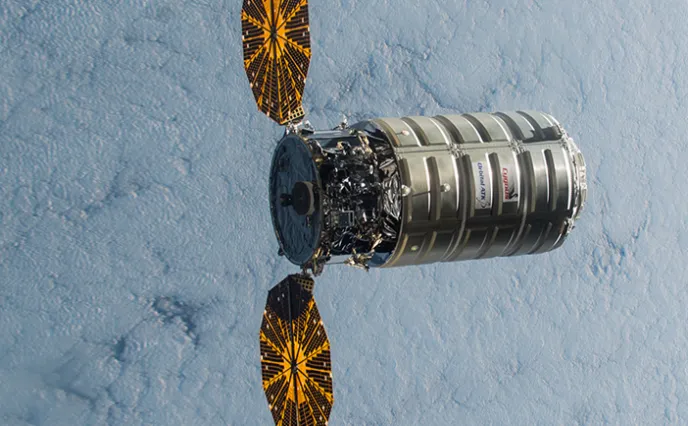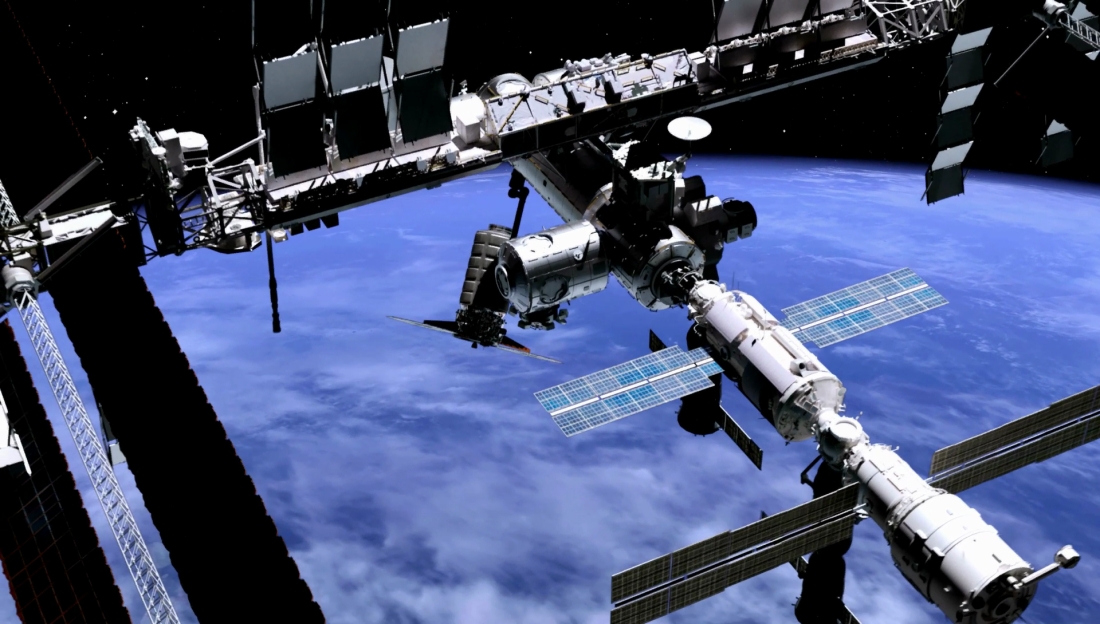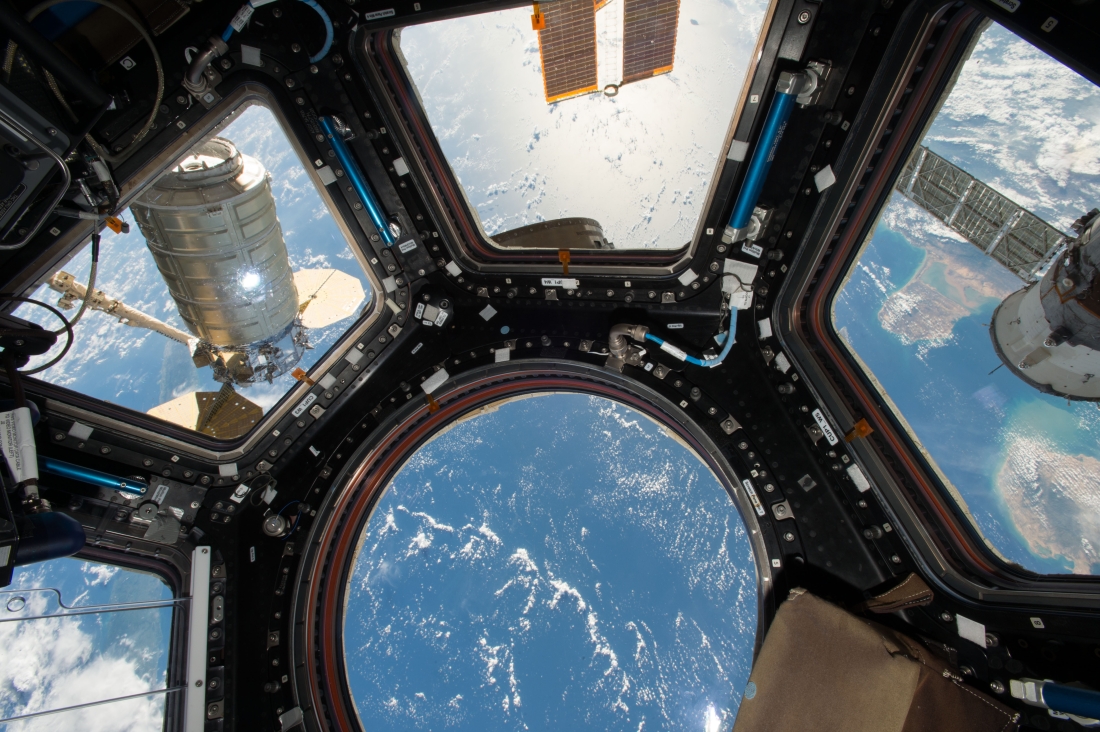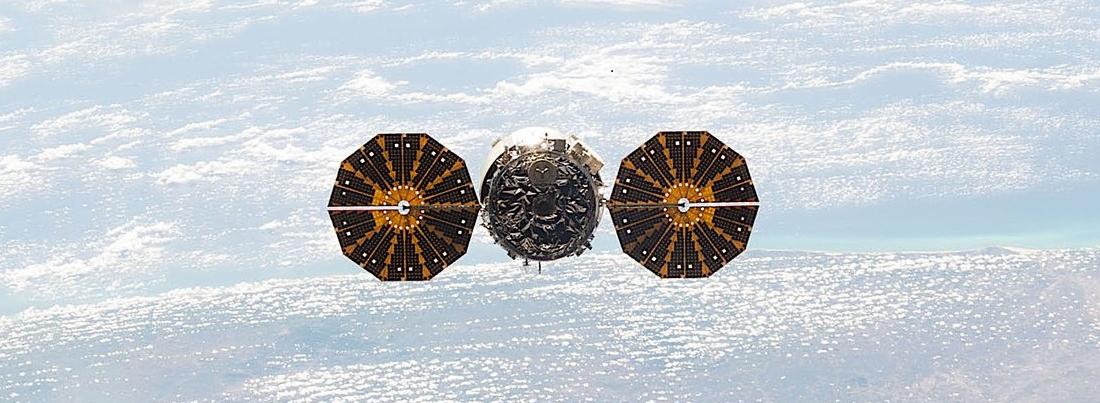Happy Birthday Cygnus!

Happy Birthday Cygnus!
September 18th 2018 - Five years ago, the first Cygnus spacecraft was successfully launched at 14:58:02.2 (GMT) by an Antares 110 rocket. The cargo vessel was then inserted into a low Earth orbit on a demonstration voyage to the International Space Station (ISS). Its original mission was to deliver about 1,500lbs (700kg) of cargo, including food and clothes, to the Expedition 37 crew. All Cygnus vessels have been faithful to the International Space Station’s astronauts since then, delivering tons of cargo. Thales Alenia Space’s teams, that manufactured all Cygnus’s Pressurized Cargo Modules (PCM) on behalf of Northrop Grumman, are proud to celebrate this fifth “Space” anniversary. Happy birthday Cygnus!
Cygnus: a lifeline to astronauts since 2013
Designed to transport cargo (provisions, spare parts, scientific experiments, etc.), the Cygnus resupply vessel plays a vital role for astronauts on the International Space Station.

The PCMs are built by Thales Alenia Space in Turin for prime contractor Northrop Grumman. Thales Alenia Space designed this module by capitalizing on its experience with previous programs, including the multipurpose logistics modules (MPLM) built on behalf of the Italian space agency ASI for NASA. Several MPLM were carried by the U.S. Space Shuttle, no longer in service. Thales Alenia Space also built fully half of the pressurized volume of the International Space Station, for instance playing a key role in the production of the Columbus laboratory. Also built by Thales Alenia Space as prime contractor were the Node 2 and Node 3 modules, and the famous Cupola.

Cyg-nificant science!

Cygnus has in fact undergone considerable changes over the years, moving far beyond its initial cargo transport mission. For example, in 2015 one of these resupply vessels carried a special “guest star”… the purpose-designed portable onboard 3D printer. This device allowed astronauts to test 3D printing technology under the “zero G” conditions in space. The experiment resulted in the production of a small object using polymer filaments that were melted and shaped in the 3D printing process – a major European first!

Another noteworthy experiment are SAFFIRE, the Spacecraft Fire Safety Experiments. These are experiments developed by NASA to study the propagation of fire in space, in order to improve crew safety. Several SAFFIRE experiments were and will be conducted in the Cygnus vessel, at a safe standoff distance from the ISS. In other words, Cygnus became the venue for an activity now banned in many public spaces down on Earth: Smoking!
With regular deliveries to the International Space Station on the docket, Cygnus spacecraft will continue to host novel experiments that can only be carried out in the unforgiving conditions of space. Stay tuned to check out all the latest news about our Cygnus pressurized cargo modules!

Copyrights:
Cygnus: © Northrop Grumman
ISS artistic view: © Thales Alenia Space/master Image Programmes
Artistic view with the spaceborne 3D printer: ©Thales Alenia Space/Briot
SAFFIRE: © NASA
Cupola & Cygnus: © NASA

